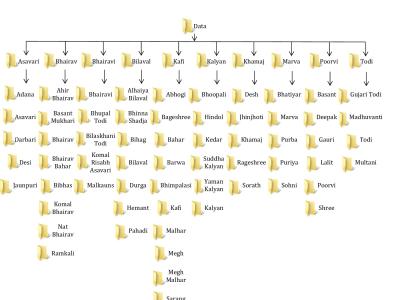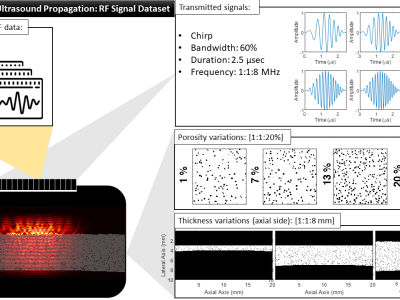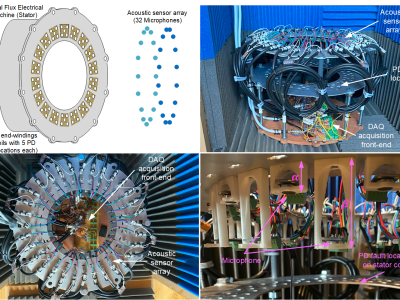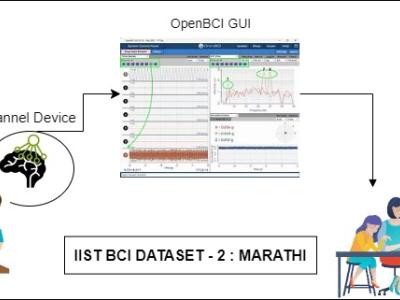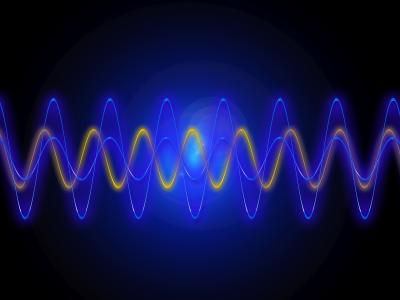
The dataset consists of experimental data collected in an anechoic tank, with a specific setup involving single-source transmission and reception by a 6-element circular array with a radius of 0.046 meters. The transmitted signals include common wideband signals used in underwater positioning and communication, such as chirps, single-carrier QPSK, multi-tone signals, and OFDM signals. The transmitter and receiver are located at the same depth, and the receiving array rotates 360 degrees with 30-degree intervals.
- Categories:
